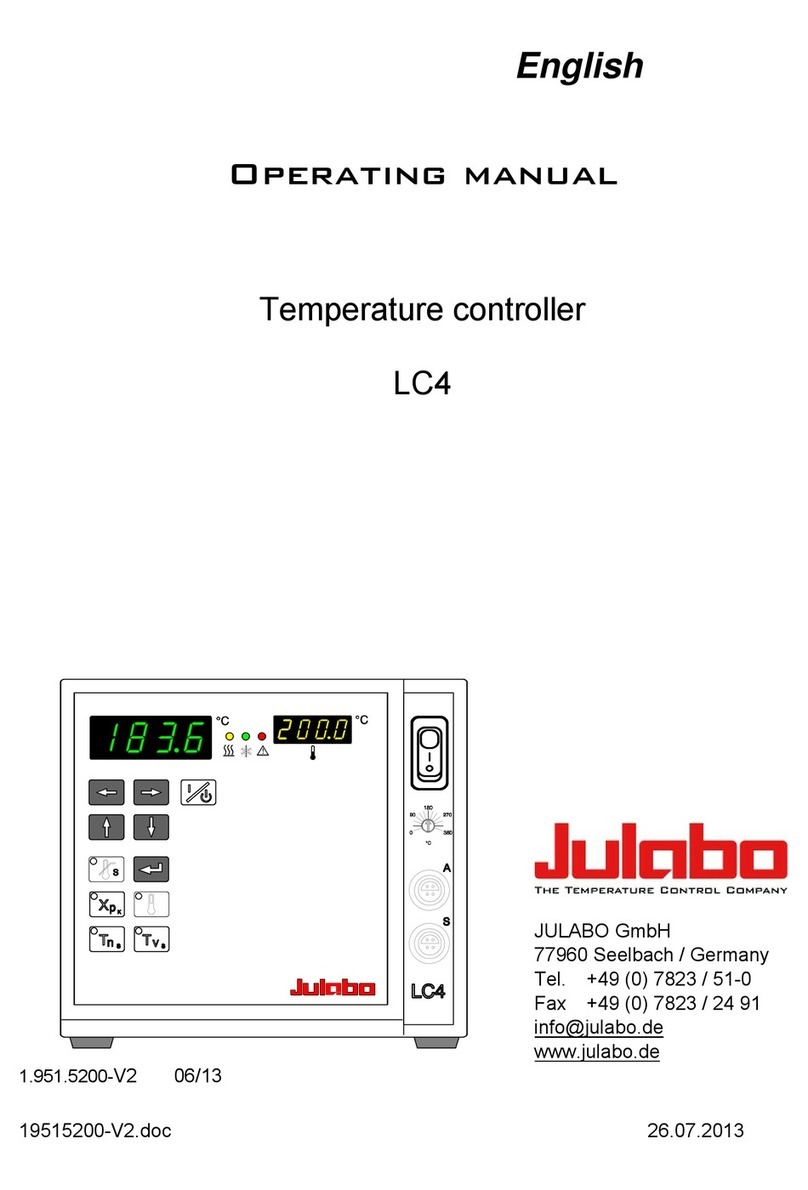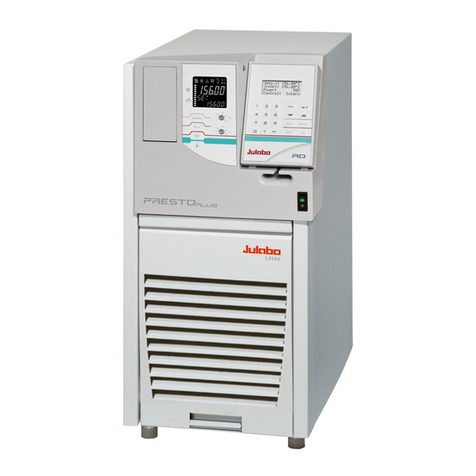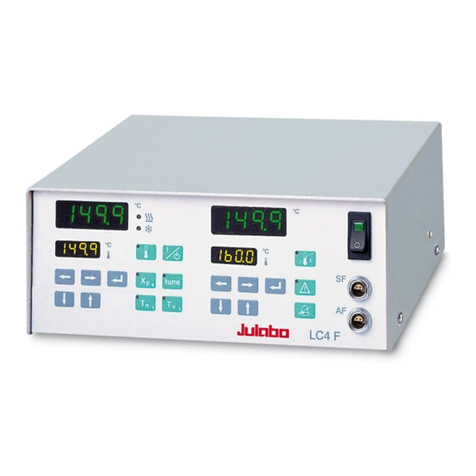
3
TABLE OF CONTENTS
OPERATING MANUAL .......................................................................................................5
1. INTENDED USE....................................................................................................5
1.1. Description.............................................................................................................5
2. OPERATOR RESPONSIBILITY –SAFETY INSTRUCTIONS...............................6
2.1. Disposal.................................................................................................................8
2.2. Technical specifications.........................................................................................9
2.3. Cooling water connection....................................................................................12
OPERATING INSTRUCTIONS .........................................................................................13
3. OPERATING CONTROLS AND FUNCTIONAL ELEMENTS..............................13
3.1. The Presto Plusprinciple with closed external system........................................17
4. SAFETY NOTES FOR THE USER......................................................................18
4.1. Explanation of safety notes .................................................................................18
4.2. Explanation of other notes...................................................................................18
4.3. Safety instructions ...............................................................................................18
5. PREPARATIONS ................................................................................................21
5.1. Bath fluids............................................................................................................21
5.2. Tubing..................................................................................................................23
5.3. Installation ...........................................................................................................24
5.4. Connect the external system...............................................................................24
5.4.1. Cooling water connection LH41....................................................................26
5.5. Power connection................................................................................................27
5.6. Filling...................................................................................................................27
5.6.1. Filling of external, closed systems................................................................28
5.7. Degasifying..........................................................................................................30
5.8. Draining...............................................................................................................31
6. OPERATING PROCEDURES.............................................................................32
6.1. Switching on / Selecting the language.................................................................32
7. MANUAL OPERATION........................................................................................33
7.1. Start - Stop ..........................................................................................................33
7.2. Direct setting of the working temperature............................................................34
7.3. Settings in the SET menu....................................................................................34
7.3.1. Setting the working temperature...................................................................34
7.3.2. Warning functions.........................................................................................35
7.3.3. Setting the pump pressure stage..................................................................36
7.4. Setting the safety temperature (with shutdown function).....................................36
7.5. Internal / external control.....................................................................................38
8. MENU FUNCTIONS............................................................................................38































